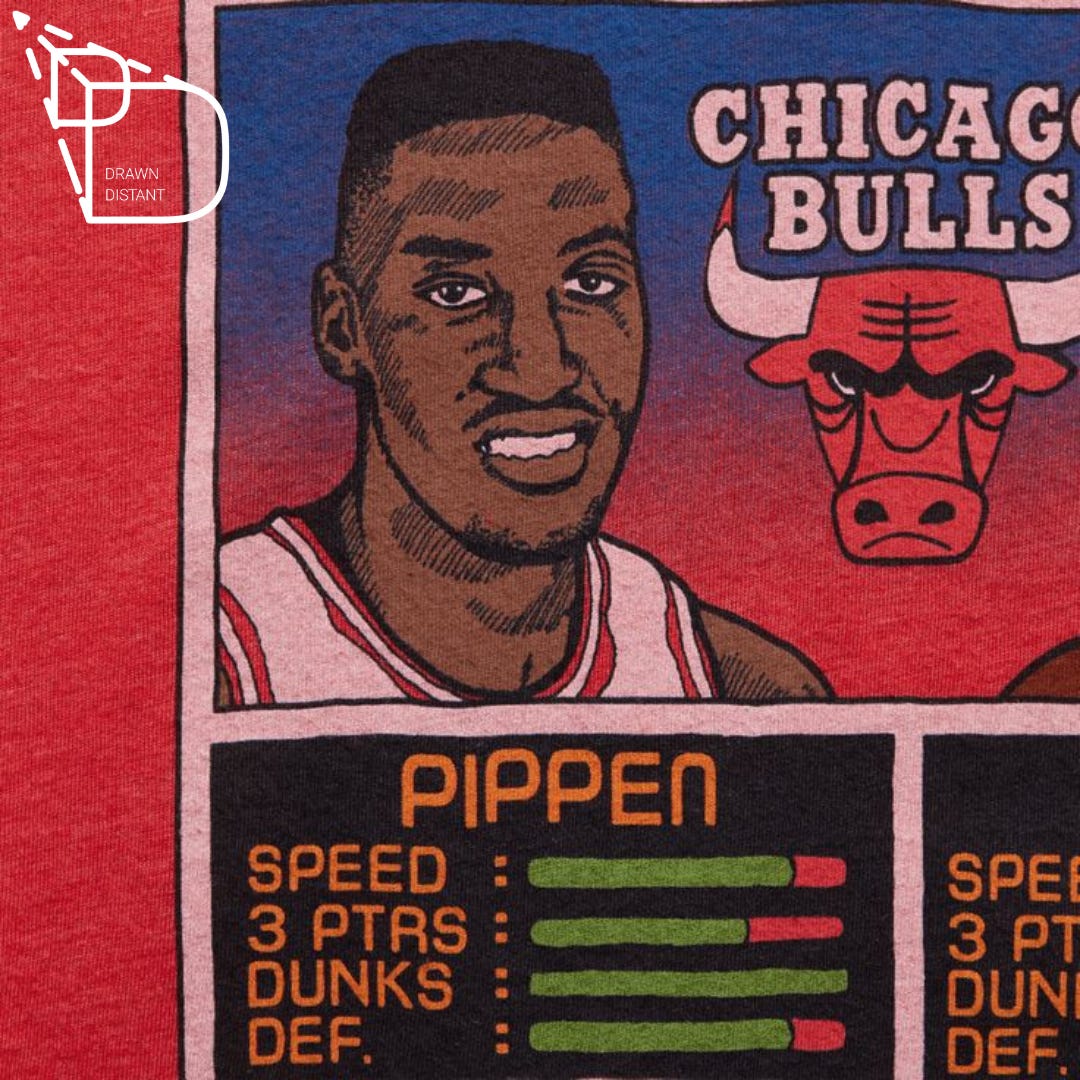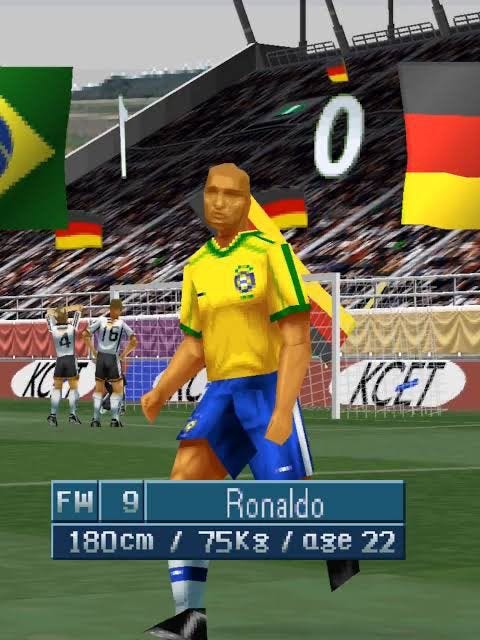How Video Game Ratings Shape Real-World Athletes
Welcome to the bizarre world where virtual assessments have real-world consequences for elite athletes.
Written in partnership with
of SportsVerse.Let’s get one thing straight: video game ratings aren’t just numbers on a screen—they’re status symbols, sources of pride, and sometimes, absolute scandal. Just ask Jerry Jeudy, the NFL wide receiver who was all set to join the New York Jets late last year, only to have the trade blocked. The reason? Woody Johnson, the Jets’ owner, consulted his teenage sons, who said Jeudy’s MADDEN rating was too low to bother. Ouch. The verdict: video game ratings don’t just affect your in game performance—they influence reality.
Welcome to the bizarre world where virtual assessments have real-world consequences. Whether it’s MADDEN, NBA 2K, EA FC or WWE 2K, these ratings aren’t just game mechanics—they’ve evolved into semi-official declarations of an athlete’s worth. Let’s unravel how these numbers are determined, why they’re such a big deal, and how they’ve impacted athletes, both modern and legendary.
How the Numbers Are Made
Crafting a player’s rating is part math, part art, and part “please don’t @ me.”
In NBA 2K’s case, developers crunch real-world stats, advanced analytics, and sprinkle in a bit of expert opinion. NBA 2K’s ratings team constantly watches games, analyzes statistics (including advanced analytics), and updates ratings throughout the season. Yet even if you’re a cover star, you might not be safe from an ego destroying rating. Kyrie Irving (cover of 2K18) was pissed with his 90 rating - even though it arguably may have turned him into a better player over the following years (currently rated 92 in 2K25).
In MADDEN, it’s about realism. Ratings adjusters like Chad “Ochocinco” Johnson break down game film to gauge players’ speed, power, and agility, trying to ensure their digital selves resemble their on-field counterparts. They draw on analytics services (e.g. Pro Football Focus grades, NFL Next Gen Stats) and extensive scouting reports to grade each skill Still, the process sometimes falters—like when Chicago Bears running back Tarik Cohen found his “catch in traffic” rating insultingly low. Cohen fired back by tweeting a photo of himself making a contested catch, tagging MADDEN with a cheeky “Fix this.”
EA FC’s ratings are a global team effort. With tens of thousands of footballers across global leagues, EA’s soccer games rely on a vast network of talent scouts and data editors. Player data is submitted from every corner of the world, which EA centralizes into one big algorithmic soup. A player’s overall rating in EA FC is an aggregate of key skill ratings (e.g. Pace, Shooting, Passing, etc.) adjusted by the quality of their league and international experience. When Sam Kerr’s EA FC rating hit 91 in 2023, making her one of the top players in the game, she proudly joked that she had finally overtaken some of her male Chelsea teammates.
Meanwhile, The WWE 2K franchise faces a unique challenge: how do you rate athletes when the results are scripted? Typically, ratings reflect the superstar’s kayfabe dominance (storyline prominence and portrayed prowess). This means a fan-favorite champion will have a higher overall not purely for physical skill but because in-story they’re “stronger.” Roman Reigns might be unbeatable because he’s the top draw, while a “jobber” (a wrestler who is routinely defeated by main eventers) gets stuck in the 60s despite real athletic prowess.
Digital Demigods
Bo Jackson in Tecmo Bowl (1987) was a game-breaking force – he could outrun entire defenses and zig-zag the field at will.. In reality, Jackson’s career was cut short by injury. He never had a Hall-of-Fame stat line in reality, yet “Tecmo Bo” is often called the GOAT of video game athletes for being unbeatable in the game.
Michael Vick in MADDEN 2004 was similarly god-tier. With 95 speed at quarterback, Vick could sprint around and turn broken plays into 80-yard TD runs or launch 60-yard bombs on the move.In real life, Vick was elusive, but not unbeatable. MADDEN developers later admitted they introduced features like the “Hit Stick” (better defensive tackling) and “QB Vision” cone specifically to counteract how Vick had broken the game.
In hockey, NHL 94 gave Mario Lemieux a 100 rating (he was at the peak of his powers then), but interestingly it was Jeremy Roenick – rated slightly lower – who became a fan-favorite in the game due to his combination of size and speed being unstoppable in gameplay. Roenick was a very good NHL player (multiple 50-goal seasons) but not on Lemieux’s level historically; yet in NHL 94 he was a terror.
In PGA Tour 2008, Tiger Woods at his peak was essentially “max stats.” Many editions of EA’s golf game had a scenario dubbed “Sunday Tiger” – the version of Tiger in final rounds, wearing his red shirt, who was near-invincible. One fan video even showed a glitch of Tiger walking on water to hit a shot - which EA later turned into an ad.
When The Numbers Get Personal
Athletes don’t just shrug off low ratings. They tweet. They rant. They even train harder.
Hassan Whiteside once dropped a triple-double after being snubbed by NBA 2K, quipping, “Just trying to get my 2K rating up.” That quote became iconic—a modern player using his digital persona as motivation to dominate reality.
Kevin Durant has been one of the most vocal critics of his NBA 2K rating. Despite consistently being in the mid-90s, Durant feels disrespected if he’s not at the very top. When NBA 2K23 rated him a 96 (with only Giannis Antetokounmpo higher at 97), Durant tweeted directly at 2K’s digital marketing director Ronnie Singh: “Aye @Ronnie2K I’m gonna need an explanation on why I’m not a 99? This has become laughable.”
Beyond the stars themselves, fans and media will regularly reference them – e.g., “Player X got an 87 in Madden, that feels low given his last season,” or “This rookie’s 2K rating is only 78, but he’s already playing above that in real life.” Debates that once were purely about stats or eye test now sometimes invoke game ratings as an extra data point (especially among younger fans). For example, when NBA 2K dropped Phoenix Suns’ Devin Booker and Bradley Beale’s stats, Suns fans and even the team’s social accounts took notice, pushing the narrative that they deserved better.
The Jerry Jeudy Effect - Video Games Will Impact Marketability
As games get smarter and data becomes more precise, expect ratings to reflect deeper insights. Athletes will continue to care—maybe more than ever. After all, as long as a number can shape how fans and even owners perceive them, athletes will fight for that extra digit.
In contract negotiations, call it the Jerry Jeudy effect, agents should know that video games can affect their client’s marketability. For fringe players, a higher rating might marginally help by signaling “hey, this game (with its massive data analysis) sees potential in him.”Bol Bol’s domination in NBA 2K has impacted his vote count for NBA All Star weekend. Last year, his player ranking was 372, yet he was in the top 100 for All Star voting. Could this justify a higher contract negotiation come free agency?
As an athlete, sometimes you’ve got to work with what you have. Or you can just take the Kevin Durant approach and rage tweet on X.
Player’s choice.





